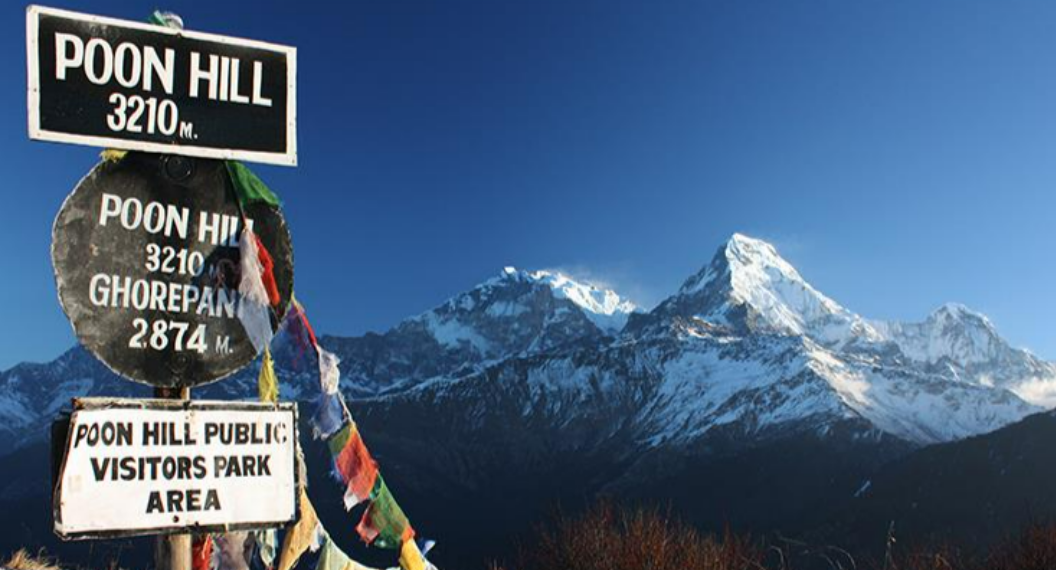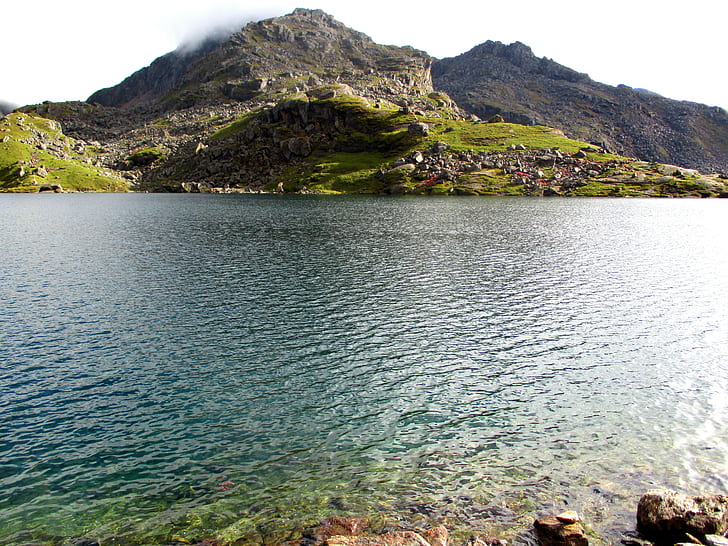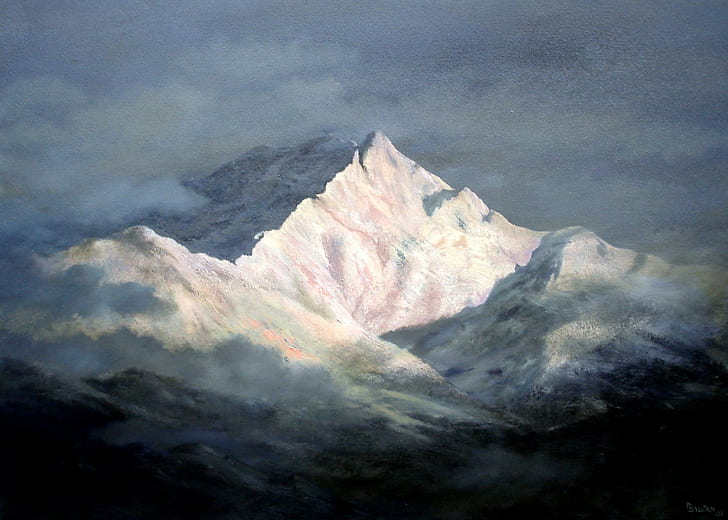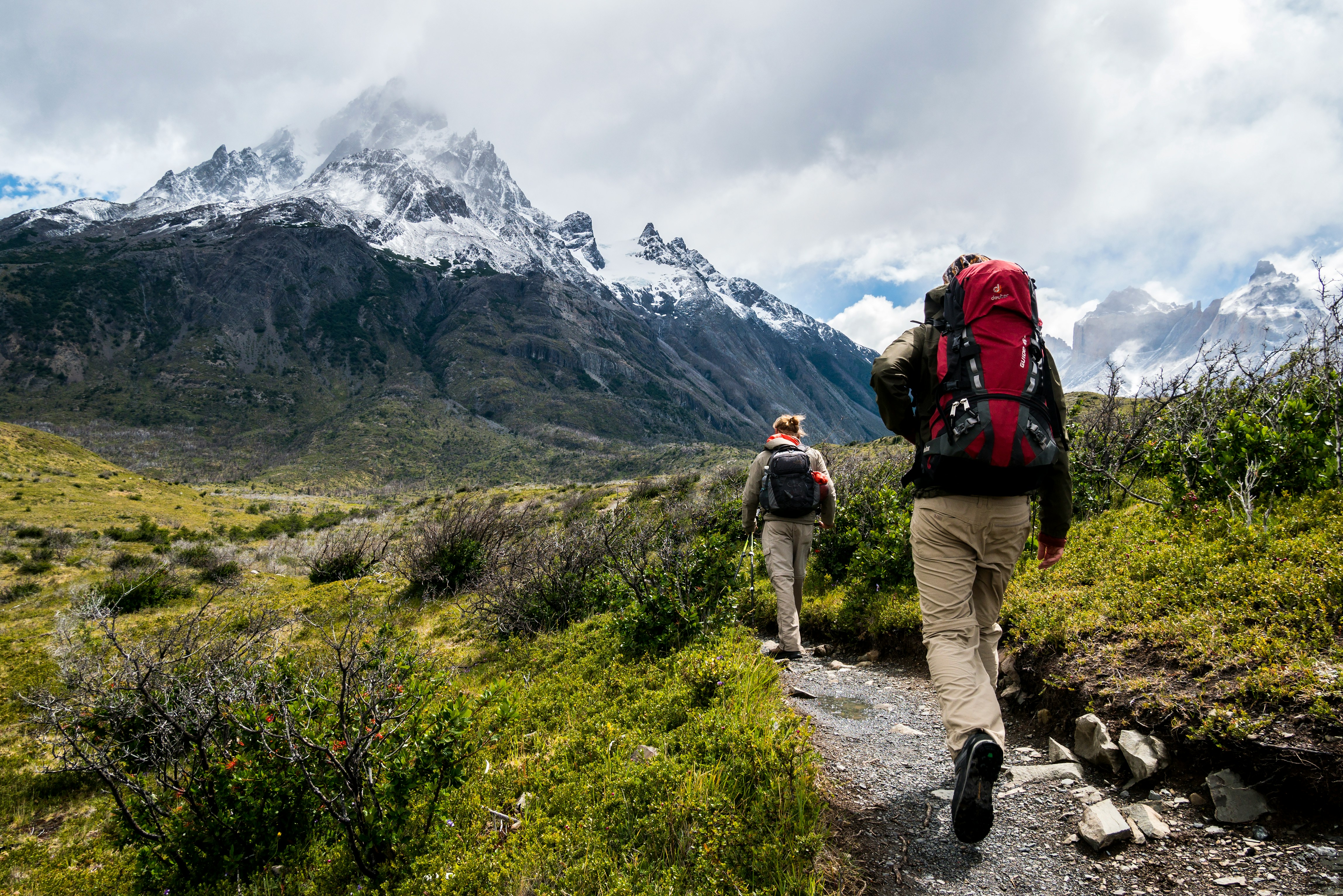How to Plan a Himlung Himal Expedition in Nepal
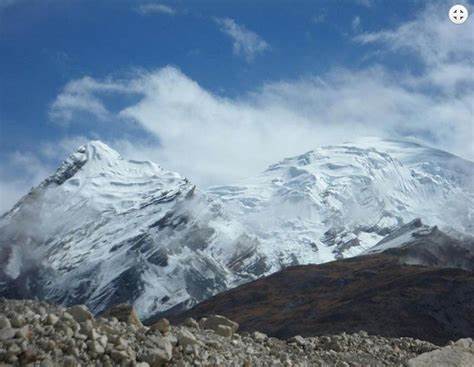
Strong 8k brings an ultra-HD IPTV experience to your living room and your pocket.
Himlung Himal, standing at 7,126 meters, is one of the most popular 7000-meter peaks in Nepal for aspiring high-altitude climbers. Located in the remote Manaslu region near the Tibetan border, this peak offers a rewarding expedition experience with moderate technical difficulty, making it a favored choice for those preparing for higher Himalayan peaks such as Cho Oyu or Everest.
Climbing Himlung Himal requires thorough planning, proper acclimatization, physical conditioning, and logistical coordination. This guide outlines everything you need to know to plan a successful Himlung Himal expedition, including permits, route details, training tips, and best times to climb.
## Overview of Himlung Himal
Himlung Himal is situated between the Annapurna and Manaslu ranges, close to the Tibetan border. Though it was opened for climbing only in the early 1990s, it has since gained popularity due to its relatively straightforward ascent route, stunning views, and low traffic compared to other major expeditions.
While not technically very difficult, Himlung is still a high-altitude climb that involves glacier travel, crevasse navigation, and camping above 6,000 meters. It is considered ideal for climbers who have completed peaks in the 6000-meter range and are looking to advance to more challenging mountains.
## Required Permits and Documentation
To climb Himlung Himal, climbers must obtain several permits:
* **Expedition Permit**: Issued by the Department of Tourism, this is a special climbing permit required for peaks above 6500 meters. The fee for Himlung varies by season but typically ranges from USD 250 to 500.
* **Annapurna Conservation Area Permit (ACAP)**: Since the trail passes through parts of the Annapurna region, this conservation permit is mandatory.
* **Restricted Area Permit (RAP)**: Parts of the trail fall in restricted zones like Nar and Phu. This permit must be arranged through a registered trekking agency and requires a minimum of two people.
* **TIMS Card**: The Trekkers’ Information Management System card is also required.
All these permits are processed by registered trekking or expedition agencies in Kathmandu, who will also coordinate with the Ministry of Tourism for climbing clearances.
## Best Time to Climb Himlung Himal
The ideal times to climb Himlung Himal are during the **pre-monsoon spring season (April to early June)** and the **post-monsoon autumn season (late September to early November)**.
Spring offers stable weather, longer days, and mild temperatures, making it easier to establish high camps and coordinate summit attempts. Autumn provides crisp, clear skies and excellent visibility after the monsoon rains, though temperatures can drop significantly at higher elevations.
The monsoon season (June to August) is unsuitable due to heavy rainfall and dangerous trail conditions. Winter (December to February) is also not recommended due to extreme cold, high winds, and heavy snow accumulation at altitude.
## Route and Itinerary
The Himlung Himal expedition usually begins with a drive from Kathmandu to Besisahar and then to Koto, the starting point of the trek. From Koto, climbers follow the remote and scenic Nar-Phu Valley trail, passing through traditional Tibetan-influenced villages such as Meta, Kyang, and Phu Gaon.
The **base camp** is established near Phu Gaon at around 4,850 meters. From here, the climb involves setting up three higher camps:
* **Camp I** at 5,450 meters
* **Camp II** at 6,050 meters
* **Camp III** at 6,350 meters
The summit push usually starts from Camp III. The final section involves ascending over glaciated terrain with moderate snow and ice slopes. Fixed ropes are commonly used between camps, particularly in crevassed areas.
The full expedition typically takes around **25 to 30 days**, including acclimatization days, summit windows, and contingency periods for weather delays.
## Physical Preparation and Training
Climbing a 7000-meter peak like Himlung Himal demands a high level of physical fitness and mental endurance. Preparation should begin at least **four to six months** in advance and include:
* **Cardiovascular Training**: Activities like running, hiking, swimming, and cycling to improve lung capacity and stamina.
* **Strength Training**: Focused on the core, legs, and upper body to prepare for carrying loads and long ascents.
* **Endurance Hiking**: Multi-day hikes with a backpack to simulate expedition conditions.
* **Altitude Training (if available)**: Training at altitude or using simulated altitude equipment can help in acclimatization.
Previous experience with 6000-meter peaks (such as Island Peak, Lobuche East, or Mera Peak) is strongly recommended before attempting Himlung Himal.
## Equipment and Logistics
An expedition to Himlung Himal involves high-altitude camping and climbing gear. Most climbers bring their own personal gear and rely on the expedition company to provide group equipment and logistics.
### Personal Gear:
* Double-layer mountaineering boots
* Down suit or down jacket and pants
* Climbing harness, helmet, carabiners
* Ice axe and crampons
* High-altitude sleeping bag (-20°C to -30°C)
* Headlamp, goggles, trekking poles, and hydration system
### Group Equipment (usually provided by the agency):
* Tents for base camp and high camps
* Cooking equipment and meals
* Ropes and technical climbing gear
* Satellite phone or radio for communication
* First-aid kits and emergency oxygen (if needed)
Most expedition companies provide porters or yaks to carry gear up to base camp, and Sherpa or support climbers to assist above base camp.
## Choosing an Expedition Company
Selecting a reputable and experienced expedition operator is crucial for safety, success, and overall expedition management. Consider the following when choosing a company:
* Government registration and proper licensing
* Experience leading Himlung or other 7000-meter climbs
* Ratio of guides/Sherpas to clients
* Inclusion of insurance and rescue protocols
* Quality of equipment and meals
* Transparent pricing and detailed itineraries
Most standard Himlung Himal expedition packages cost between **USD 5,000 to 7,000**, depending on services, group size, and the inclusion of amenities such as hotel stays in Kathmandu, permits, and summit bonuses for Sherpa staff.
## Health, Safety, and Insurance
Climbing Himlung Himal entails real risks, including high-altitude sickness, frostbite, avalanches, and unpredictable weather. To manage these risks, climbers must:
* Follow a proper acclimatization schedule
* Be aware of symptoms of altitude illness
* Maintain hydration and nutrition
* Listen to guides and monitor weather updates
It is essential to obtain **comprehensive travel insurance** that covers high-altitude climbing, helicopter evacuation, and medical expenses.
Emergency rescue operations can be complicated and costly in remote regions like Nar and Phu, where access is limited.
## Cultural and Environmental Considerations
The Nar and Phu valleys are home to ancient Buddhist cultures with strong Tibetan influence. Respect for local customs, monasteries, and traditions is important. Hiring local staff and using local teahouses during the approach trek helps support the communities in this remote region.
Leave No Trace principles should be followed to protect the fragile alpine environment. Expeditions should manage waste properly, use biodegradable supplies, and avoid overburdening local resources.
## Conclusion
A Himlung Himal expedition is an excellent stepping stone for mountaineers looking to advance beyond trekking peaks and gain experience in a 7000-meter environment. With the right preparation, a competent team, and favorable weather, Himlung offers a rewarding and relatively safe Himalayan climbing experience.
By understanding the logistics, costs, training requirements, and seasonal conditions, climbers can plan effectively and increase their chances of a successful summit. Whether you are training for future eight-thousanders or pursuing a personal mountaineering milestone, Himlung Himal stands out as one of Nepal’s finest high-altitude challenges.
Note: IndiBlogHub features both user-submitted and editorial content. We do not verify third-party contributions. Read our Disclaimer and Privacy Policyfor details.



